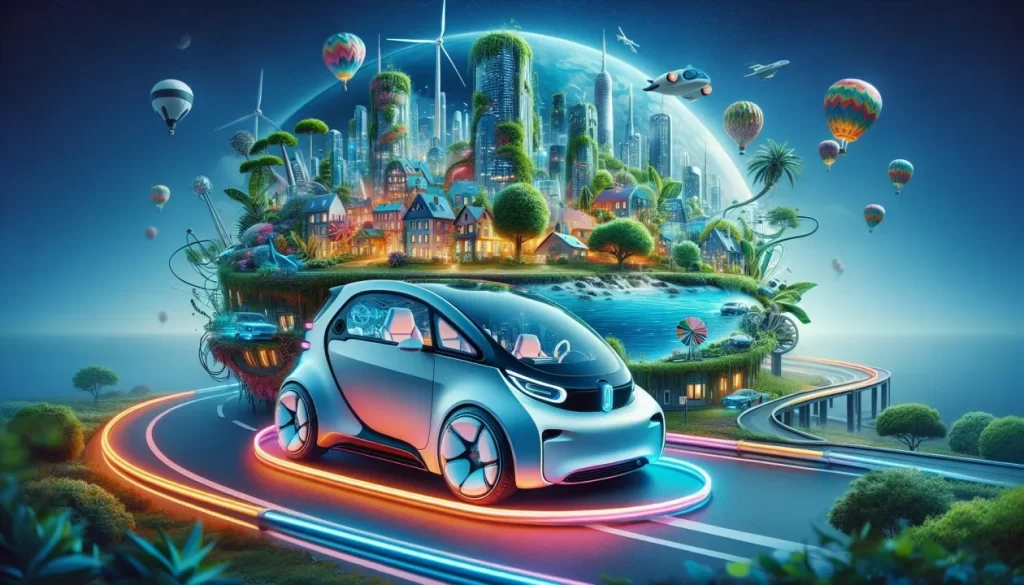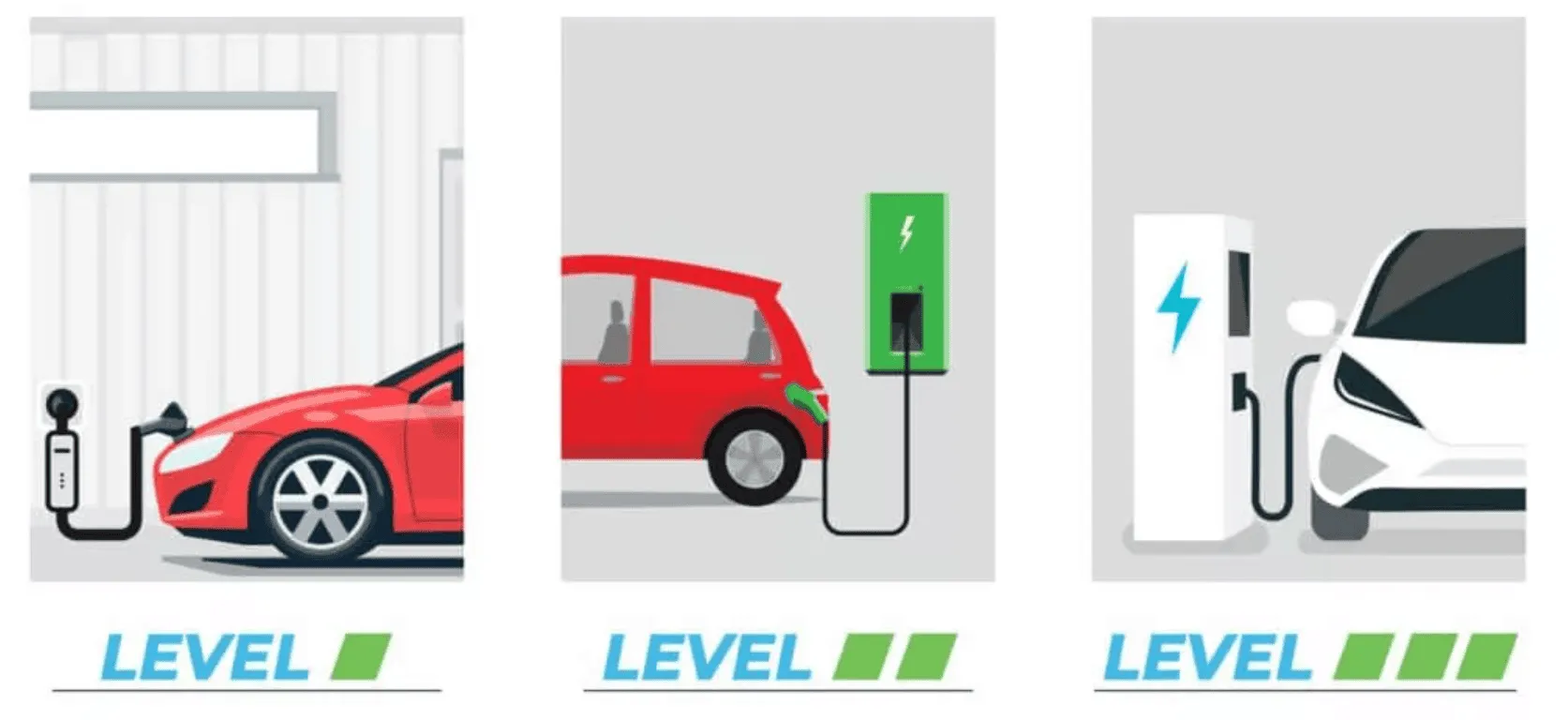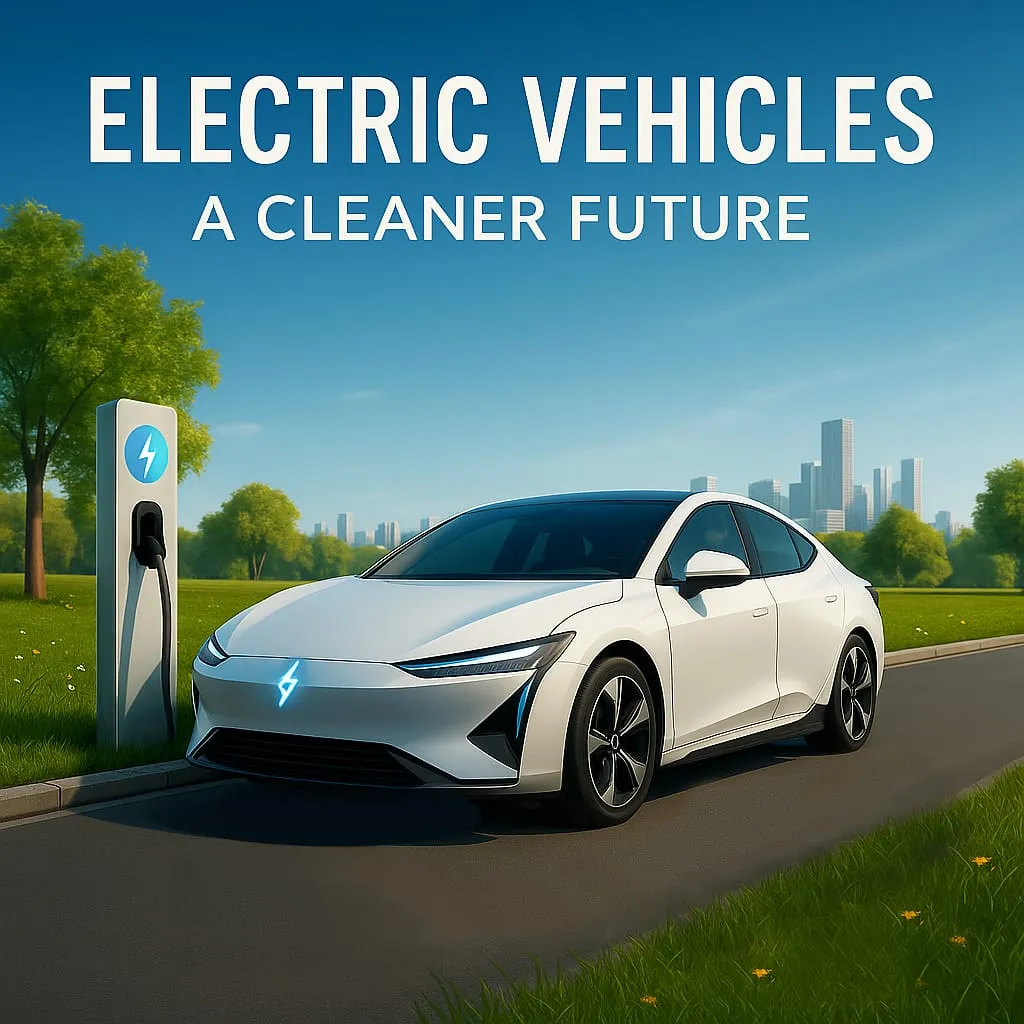Electric vehicles (EVs) are reshaping the transport industry with their low-emission design and advanced technology. Although the earliest motor vehicles included electric models, internal combustion engine (ICE) cars quickly became dominant, driven by the availability of cheap fossil fuels.

Today, rising concerns about climate change, urban air quality, and energy security have triggered a global shift back to electric mobility. This article provides a comprehensive guide to EV technology, comparisons with petrol and diesel vehicles, environmental benefits, challenges, and the future of sustainable transportation.
How Electric Vehicles Work

EVs operate using a rechargeable battery-powered electric motor instead of an internal combustion engine. Key components include:
- Battery Pack – Typically lithium-ion for high energy density and long lifespan, storing electricity to power the motor.
- Electric Motor – Converts electrical energy into mechanical energy, delivering instant torque, smooth acceleration, and high efficiency.
Charging Systems:
- Level 1 (Slow Charging) – Uses a standard household socket (~230 V AC in the UK/Europe, ~120 V AC in North America), delivering around 1–2 kW of power. Charging from empty can take over 24 hours for a large battery.
- Level 2 (Fast Charging) – Uses a dedicated 240 V AC charger at home or in public stations, typically delivering 7–22 kW. A full charge can take 4–8 hours depending on battery capacity.
- Level 3 (DC Rapid Charging) – High-power direct current charging, delivering 50–350 kW. Can charge most EV batteries to 80 % in approximately 20–40 minutes.

Comparing EVs and Petrol/Diesel Vehicles
| Feature | Electric Vehicle | Petrol/Diesel Vehicle |
| Tailpipe Emissions | Zero; lifecycle depends on electricity source | Significant CO₂, NOx, and particulate emissions |
| Energy Efficiency | 75–90% drivetrain efficiency | 20–40% drivetrain efficiency |
| Performance | Instant torque, quiet ride | Dependent on engine size and tuning |
| Maintenance | Fewer moving parts, lower costs | Frequent servicing and part replacements |
| Purchase Price | Higher upfront cost (falling due to battery price drops) | Lower initial cost |
| Running Costs | Lower (electricity cheaper than fuel) | Higher (fuel and servicing) |
Environmental Benefits
- Reduced Greenhouse Gas Emissions – Zero tailpipe CO₂; lifecycle emissions are lower in most electricity grids.
- Cleaner Air – No nitrogen oxides (NOx) or particulate matter from exhaust, improving public health in cities.
- Battery Recycling – Advanced processes can recover >95% of nickel and cobalt, and 80–95% of lithium. Global recycling rates are improving but remain limited.
Challenges and Considerations
- Range Anxiety – Modern EVs offer 480–640 km (300–400 miles) of range, though real-world performance varies.
- Charging Infrastructure – The UK and global EV charging networks are expanding rapidly.
- Battery Costs – Lithium-ion pack prices have fallen 90% since 2010 to around $115/kWh in 2024.
- Climate Impact – Extreme heat or cold can reduce battery efficiency.
The Future of EVs
By 2030, EVs are forecast to account for around 40% of global light-duty vehicle sales under current policy scenarios, with the UK targeting a complete transition to zero-emission new car sales by 2035.
Advancements in solid-state batteries, ultra-fast charging, and greater integration of renewable energy will accelerate adoption.
Frequently Asked Questions (FAQs)
Conclusion
Electric vehicles represent a crucial shift towards cleaner, more sustainable transport. With falling battery costs, expanding charging infrastructure.
While some challenges remain, ongoing innovation in battery technology, charging speed, and energy sourcing promises a greener future for mobility.
References
- International Energy Agency (2024). Global EV Outlook 2024. Global EV Outlook 2024
- Environmental Protection Agency (2023) – Electric Vehicles: Benefits and Considerations.
Electric Vehicles: Benefits and Considerations.
- European Environment Agency (2023). Lifecycle Emissions of Electric Vehicles.
Dhameja, S. (2001). Electric Vehicle Battery Systems. Elsevier/Newnes.
(eBook ISBN: 9780080488769)

